Home>Articles>What Size Generator Do I Need To Run Power Tools
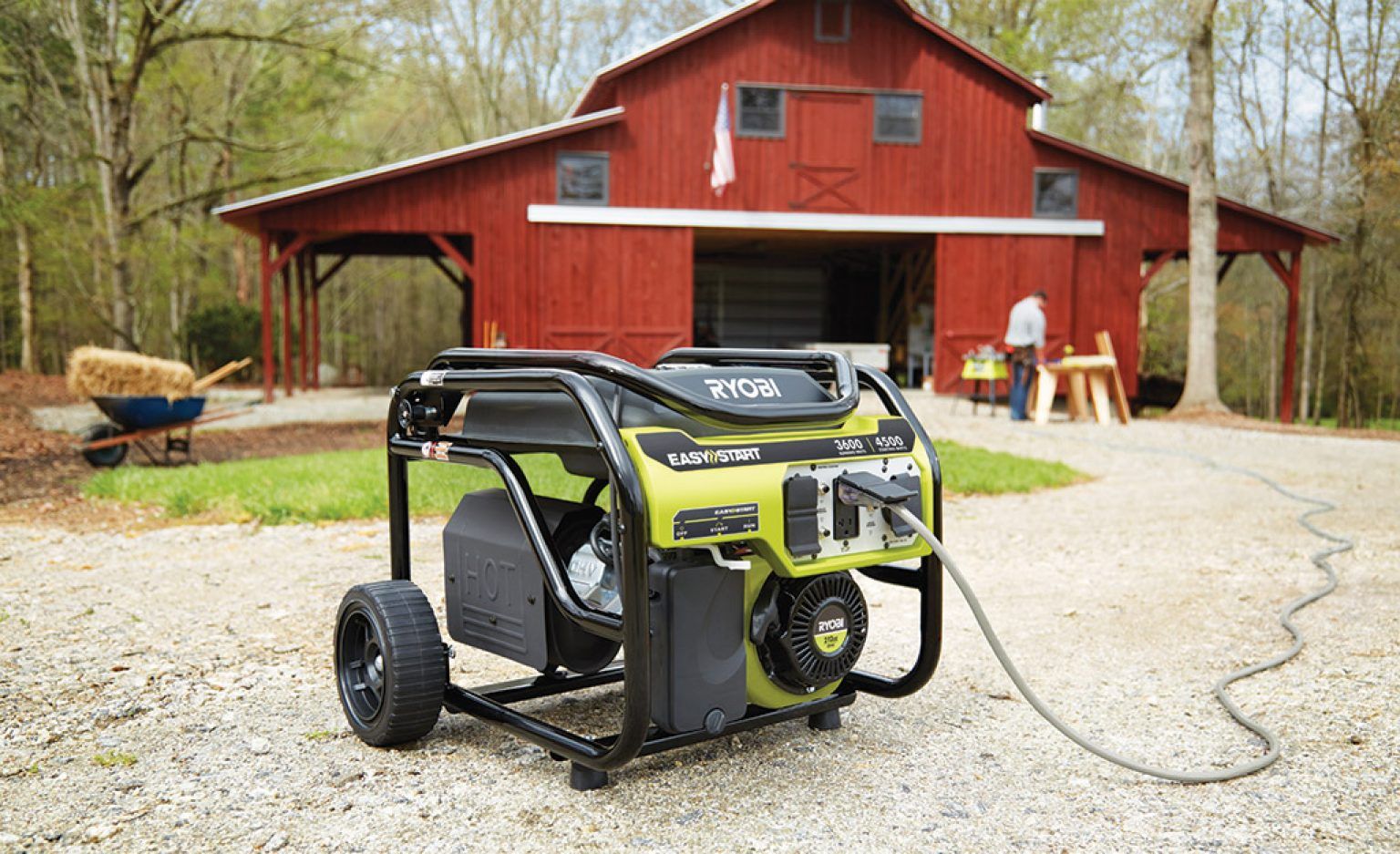

Articles
What Size Generator Do I Need To Run Power Tools
Modified: May 6, 2024
Discover the right generator size for your power tools. Read our informative articles and find out what size generator you need to ensure uninterrupted power supply.
(Many of the links in this article redirect to a specific reviewed product. Your purchase of these products through affiliate links helps to generate commission for Storables.com, at no extra cost. Learn more)
Introduction
In today’s modern world, power tools have become an indispensable part of our lives. Whether you are a professional contractor, a DIY enthusiast, or simply someone who occasionally tackles home improvement projects, having the right tools is crucial. However, to ensure that these power tools operate efficiently, you need a reliable and appropriately sized generator.
Generators provide a portable source of power when there is no access to electricity. They are especially useful in remote locations or during power outages. Choosing the right generator size is essential to ensure that it can handle the power demands of your tools without overloading or causing any damage.
In this article, we will guide you through the process of determining the generator size you need to run power tools effectively. We will discuss power tool wattage ratings, calculating total wattage requirements, and selecting the right generator size. Let’s dive in!
Key Takeaways:
- Understanding power tool wattage ratings is crucial for selecting the right generator size. Consider surge wattage, add up total wattage requirements, and choose a generator with a safety margin for efficient operation.
- When selecting a generator size, factor in the power needs of all your tools, including surge wattage and future considerations. Choose a generator with a slightly higher power capacity to ensure reliability and accommodate future tool additions.
Understanding Power Tool Requirements
Before diving into the specifics of generator sizing, it’s important to understand the power requirements of your power tools. Power tools vary in terms of wattage consumption, and it’s crucial to know the wattage rating of each tool you intend to use with the generator.
The wattage rating of a power tool refers to the amount of power it requires to operate at its peak performance. This rating can typically be found on a label or in the user manual of the tool. It is measured in watts and is an indicator of the tool’s power consumption.
It’s important to note that power tools can have different power needs depending on whether they are running at full capacity or in standby mode. For example, a circular saw may require 1,200 watts to run at maximum capacity but only 200 watts when idling. Knowing these power requirements will help you accurately calculate the total wattage required to run your power tools.
In addition to wattage, another important factor to consider is the starting wattage or surge wattage of a power tool. Some tools, such as air compressors or table saws, require an initial surge of power to start up before settling into their normal operating wattage. It’s crucial to account for this surge wattage when determining the generator size needed to power these tools.
By understanding the power requirements of your power tools, you can accurately calculate the total wattage needed to run them. This information will be invaluable in selecting the right generator size for your specific needs.
Power Tool Wattage Ratings
Power tool wattage ratings are crucial when determining the appropriate generator size. Understanding the wattage requirements of your power tools will allow you to select a generator that can provide enough power to run them effectively.
Power tool wattage ratings can vary widely depending on the type and model of the tool. Here are some common power tools and their average wattage ratings:
- Drill: 600-800 watts
- Circular Saw: 1,200-1,500 watts
- Angle Grinder: 1,000-1,500 watts
- Reciprocating Saw: 800-1,200 watts
- Air Compressor: 1,500-3,500 watts
- Table Saw: 1,800-3,500 watts
- Miter Saw: 1,200-2,400 watts
Keep in mind that these wattage ratings are approximate values and can vary depending on the specific model and manufacturer of the power tool. It’s always a good idea to check the user manual or the tool’s label for the exact wattage rating.
It’s also important to remember that the total wattage requirement for running multiple power tools simultaneously will be the sum of the individual wattage ratings. For example, if you plan to use a circular saw (1,500 watts) and a drill (800 watts) simultaneously, the total wattage required will be 2,300 watts.
Understanding the power tool wattage ratings will provide you with a foundation for determining the total wattage requirements for your specific power tool setup. With this information, you can move on to calculating the correct generator size that can handle the power demands of your tools.
Determining Total Wattage Required
Once you have gathered the wattage ratings of your power tools, it’s time to determine the total wattage required to run them simultaneously. This step is crucial in selecting the right generator size, as it ensures that the generator can handle the combined power demands of all your tools.
To calculate the total wattage required, simply add up the wattage ratings of all the power tools you plan to use. For example, if you have a circular saw with a wattage rating of 1,500 watts, a drill with a rating of 800 watts, and an angle grinder with a rating of 1,200 watts, the total wattage required would be 3,500 watts (1,500 + 800 + 1,200).
It’s important to consider not only the wattage ratings but also any surge wattage requirements. As mentioned earlier, some power tools may require a higher initial power surge to start up. This surge wattage should be accounted for when calculating the total wattage required.
When adding up the power tool wattage ratings, make sure to account for the highest surge wattage of any tool in your setup. This way, you’ll ensure that the generator can handle the initial power spikes without overloading or tripping the circuit.
Keep in mind that it’s always better to err on the side of caution and choose a generator with a slightly higher wattage capacity than the calculated total. This will provide a safety margin and prevent the generator from operating at maximum capacity, which can reduce its lifespan and reliability.
By accurately determining the total wattage required for your power tool setup, you will have a clear understanding of the power demands and be able to select the most suitable generator size.
When determining the size of generator needed to run power tools, add up the wattage of all the tools you plan to use simultaneously and choose a generator with a rated wattage slightly higher than that total.
Selecting the Right Generator Size
Now that you have calculated the total wattage required for your power tool setup, it’s time to select the right generator size. The generator size refers to the power capacity it can provide, measured in watts. Choosing a generator that can handle the power demands of your tools is crucial for efficient and safe operation.
When selecting the generator size, there are a few factors to consider:
- Continuous Power Output: The generator’s continuous power output should be equal to or greater than the total wattage required by your power tools. This ensures that the generator can provide a steady supply of power without overloading or causing any issues.
- Surge Power Output: If any of your power tools have a high start-up surge wattage requirement, make sure the generator can handle that surge power output. The surge power output should be equal to or greater than the highest surge wattage of any tool in your setup.
- Additional Power Needs: Consider any additional devices or appliances you might need to power simultaneously with your power tools. For example, if you plan to use a portable heater or lights alongside your tools, make sure to account for their wattage requirements as well.
- Future Considerations: Think about any future power tool purchases or upgrades you might make. It’s advisable to choose a generator with a slightly higher power capacity to accommodate any future additions to your tool collection.
Once you have determined the total wattage required for your power tool setup and considered the factors above, you can now look for a generator that meets your needs. Look for generators that are labeled with their power output capacity in watts. Ensure that the generator’s continuous power output is equal to or greater than the total wattage required, and its surge power output can handle any initial power spikes.
Remember, it’s always better to choose a generator with a higher power capacity than you currently require, as it provides a safety margin and allows for future usage. This way, you can ensure that your generator will meet your power needs reliably and efficiently.
Recommended Generator Sizes for Common Power Tools
Now that you understand how to determine the total wattage required for your power tool setup and how to select the right generator size, let’s take a look at some recommended generator sizes for common power tools.
These recommendations are based on the average wattage ratings of the power tools and provide a starting point for selecting the appropriate generator size. Keep in mind that individual power tools may have different wattage requirements, so always refer to the specific wattage ratings provided by the manufacturer.
- Small Power Tools: For smaller power tools such as drills, impact drivers, or small sanders, a generator with a power output of 2,000 to 3,000 watts should be sufficient.
- Medium Power Tools: Power tools such as circular saws, angle grinders, or reciprocating saws generally require more power. A generator with an output of 3,000 to 5,000 watts will comfortably handle these tools.
- Large Power Tools: Larger power tools like air compressors, table saws, or miter saws have higher wattage requirements. A generator with a power capacity of 5,000 to 8,000 watts is recommended for running these tools.
- Multiple Power Tools: If you plan to use multiple power tools simultaneously or have a combination of large and small tools, it’s advisable to choose a generator with a higher power capacity. A generator with an output of 8,000 to 10,000 watts or more will provide enough power for running multiple tools at once.
Remember, these recommendations serve as general guidelines. It’s important to always refer to the specific wattage ratings of your power tools and factor in any surge wattage requirements. It’s better to choose a generator with a slightly higher power capacity than you currently require to accommodate future needs and provide a safety margin.
By following these recommendations and selecting the appropriate generator size, you can ensure that your power tools will operate efficiently and reliably powered by a suitable and properly sized generator.
Conclusion
Selecting the right generator size to run power tools is essential for smooth and efficient operation. By understanding power tool requirements, calculating total wattage, and considering surge wattage, you can determine the appropriate generator size for your needs.
Make sure to gather the wattage ratings of your power tools and calculate the total wattage required by adding them up. Consider any surge wattage requirements and account for additional power needs or future tool purchases. This will help you select a generator with sufficient power capacity to meet your requirements.
For smaller power tools, a generator with an output of 2,000 to 3,000 watts should be sufficient. Medium power tools require a generator with a capacity of 3,000 to 5,000 watts, while larger power tools may need a generator with a capacity of 5,000 to 8,000 watts. If you plan to use multiple tools simultaneously, it’s advisable to choose a generator with a higher power capacity of 8,000 watts or more.
Remember to always consult the specific wattage ratings provided by the manufacturer of each power tool. It’s better to choose a generator with a slightly higher power capacity to ensure safety and accommodate future power needs.
With the right generator size, you can power your tools effectively, whether you’re working at a remote location, during a power outage, or anywhere without access to electricity. This ensures that your power tools operate at their full potential and that your projects can be completed smoothly.
Take the time to understand your power tool requirements, calculate total wattage, and select the right generator size. By doing so, you’ll have a reliable and properly sized generator to power your tools and accomplish your projects with ease.
Now that you've got insights on choosing the right generator for power tools, why stop there? Dive deeper with our guide on selecting top-performing power tools to really amp up your toolkit. Also, don't miss out on understanding more about electrical power in cords, which can significantly impact safety and efficiency. Keep your projects running smoothly with these essential reads!
Frequently Asked Questions about What Size Generator Do I Need To Run Power Tools
Was this page helpful?
At Storables.com, we guarantee accurate and reliable information. Our content, validated by Expert Board Contributors, is crafted following stringent Editorial Policies. We're committed to providing you with well-researched, expert-backed insights for all your informational needs.
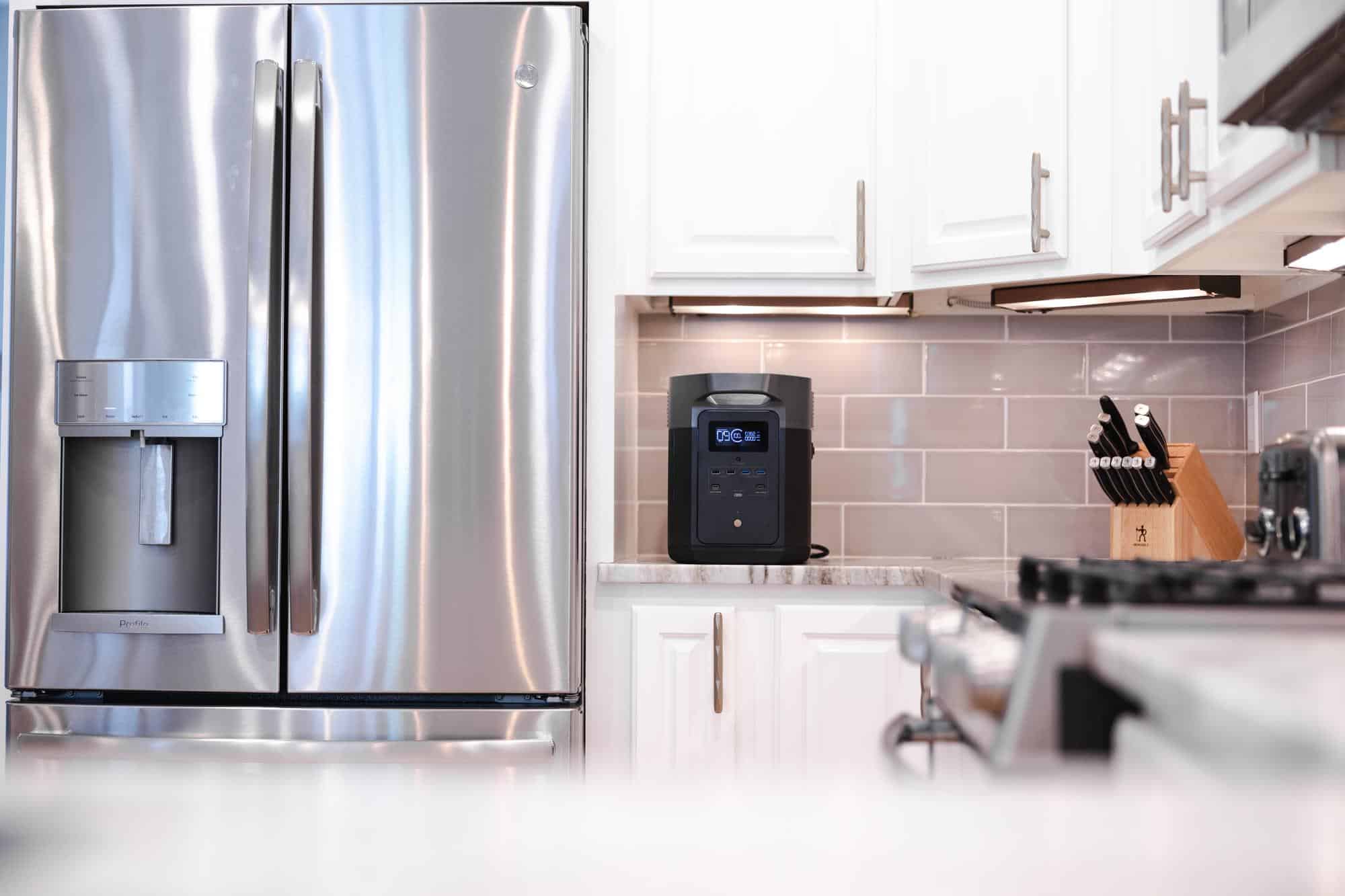



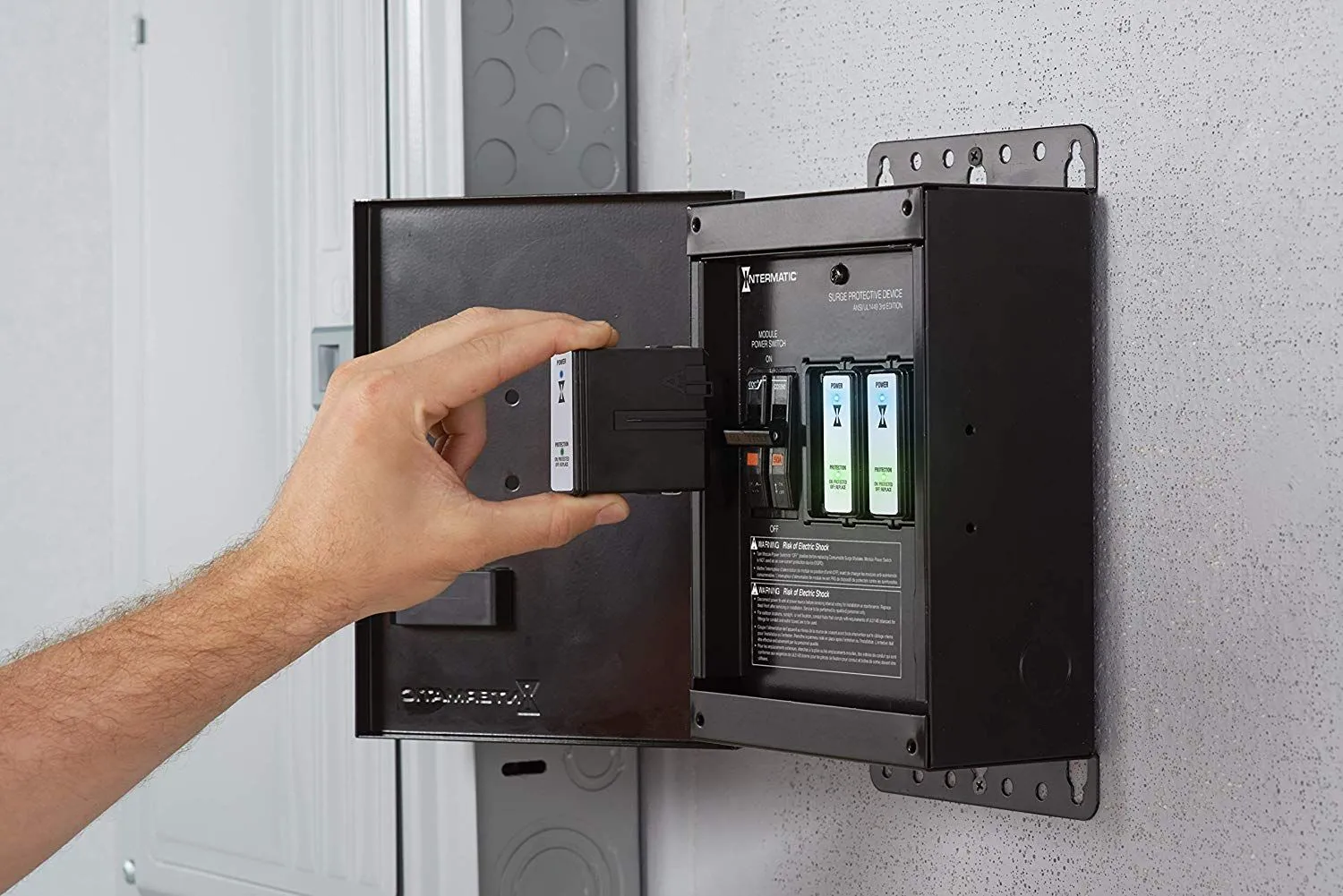
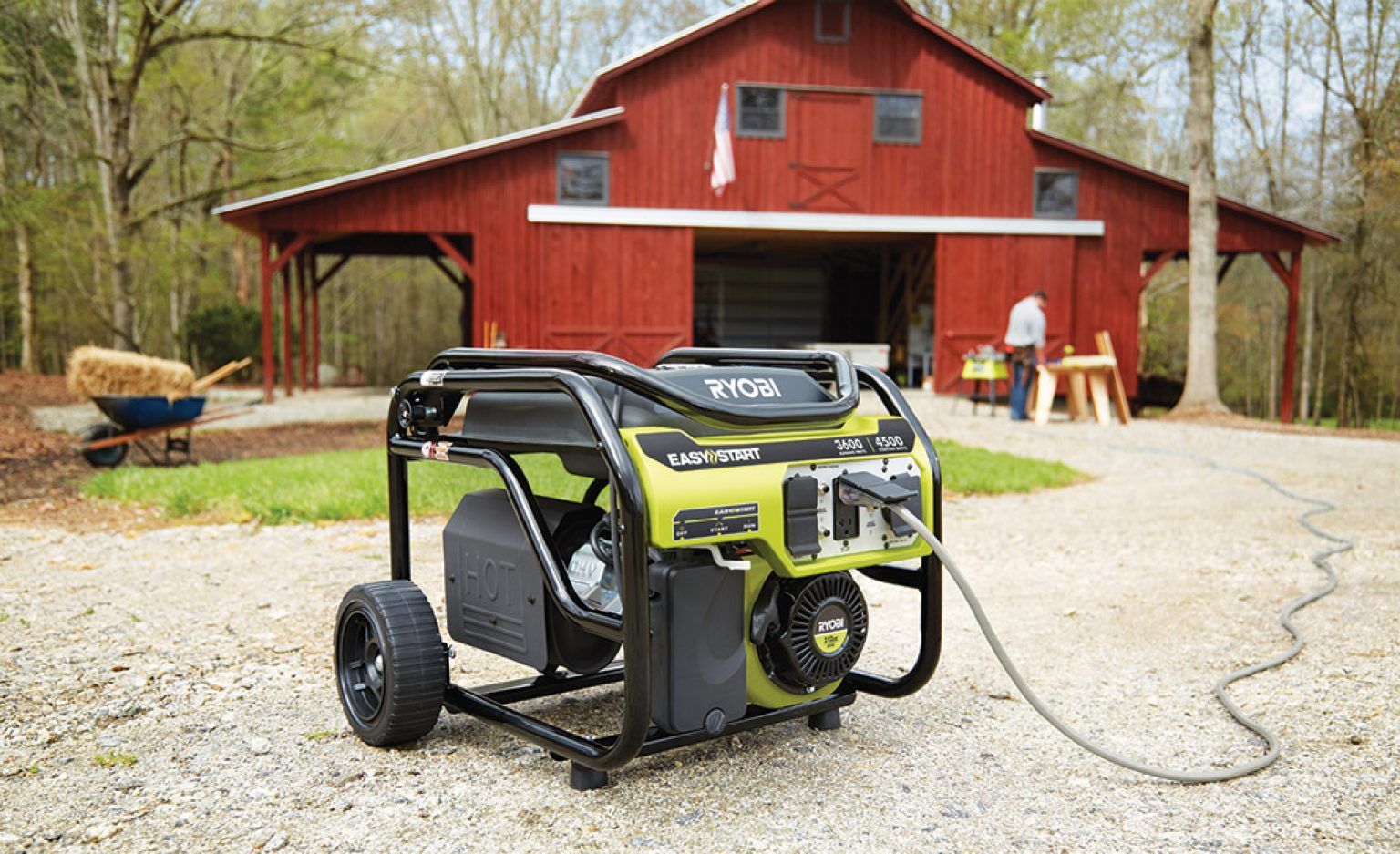

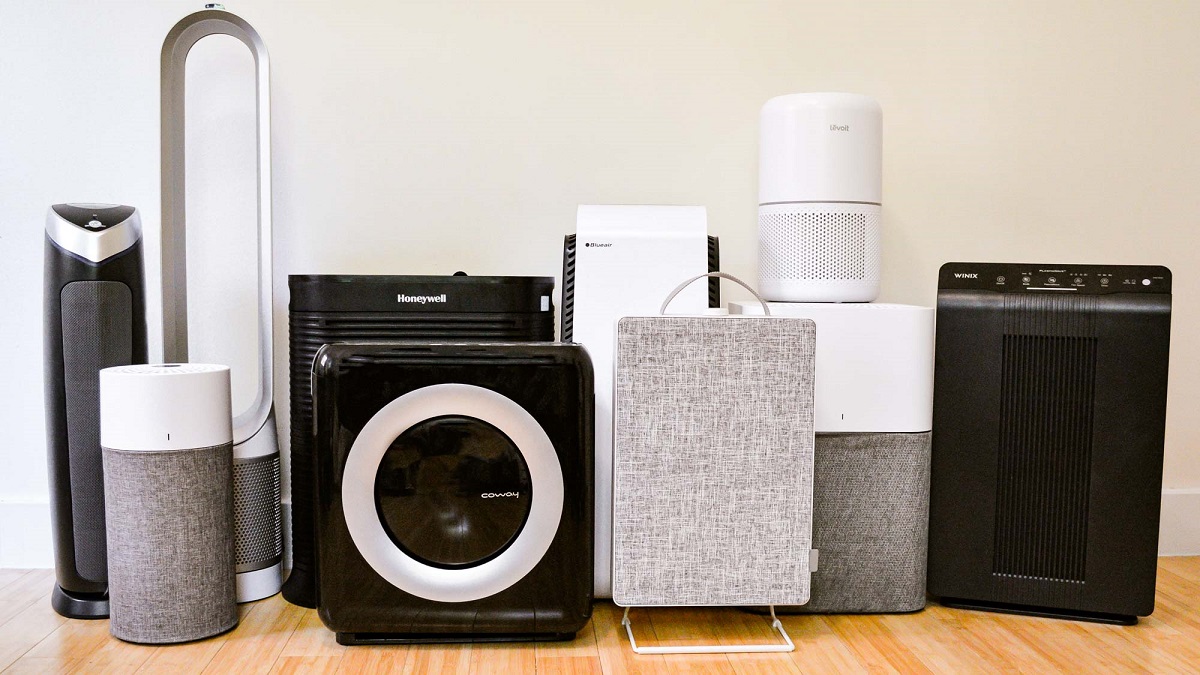
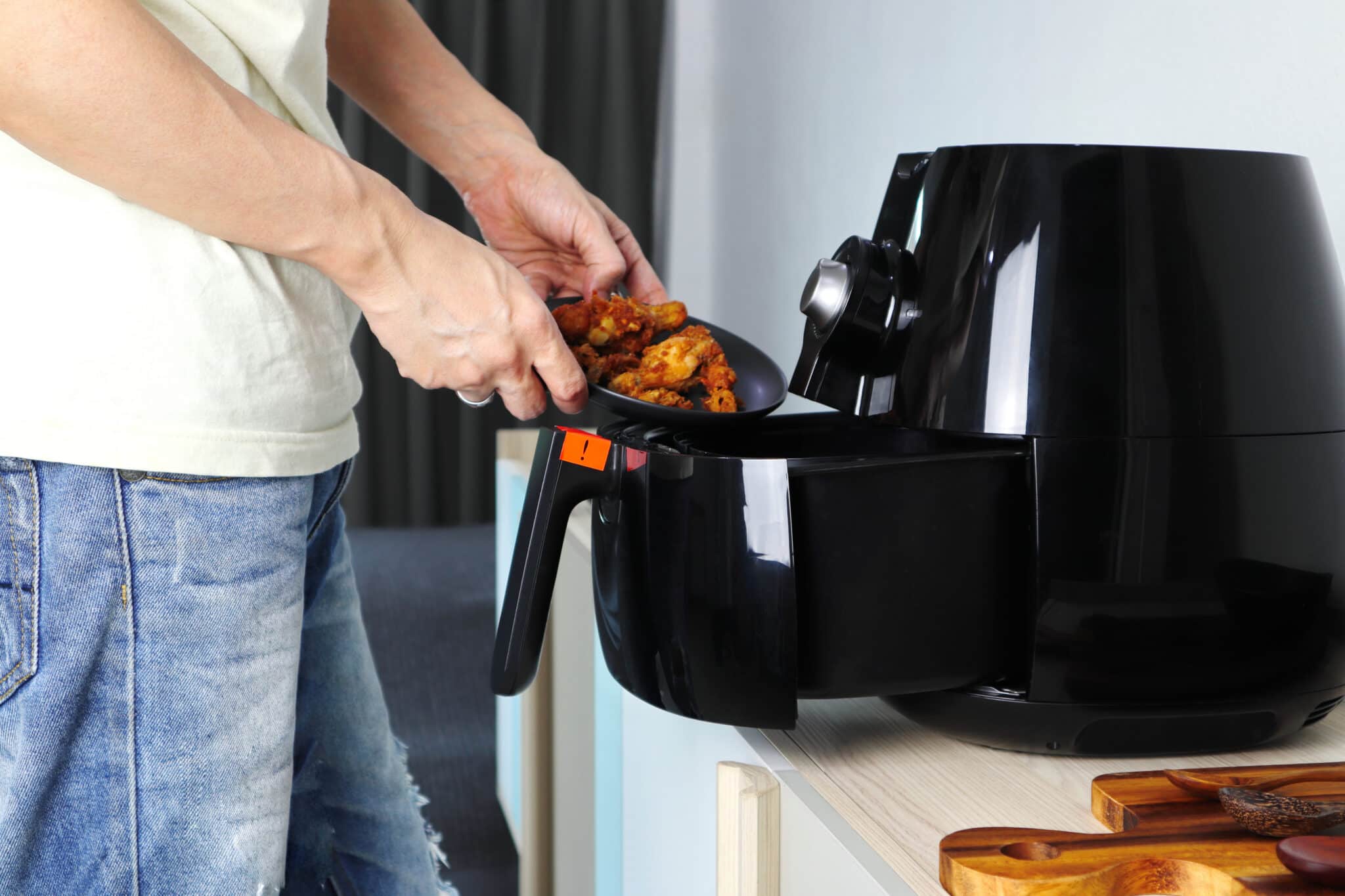
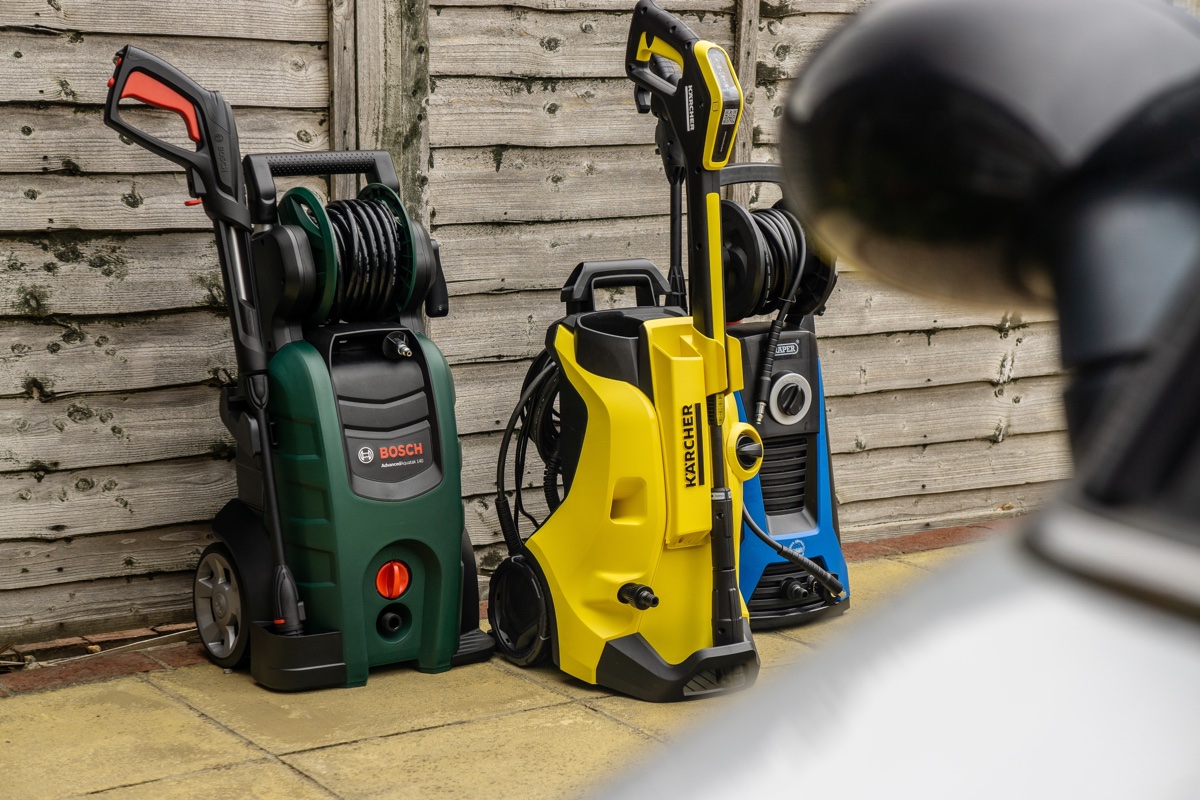


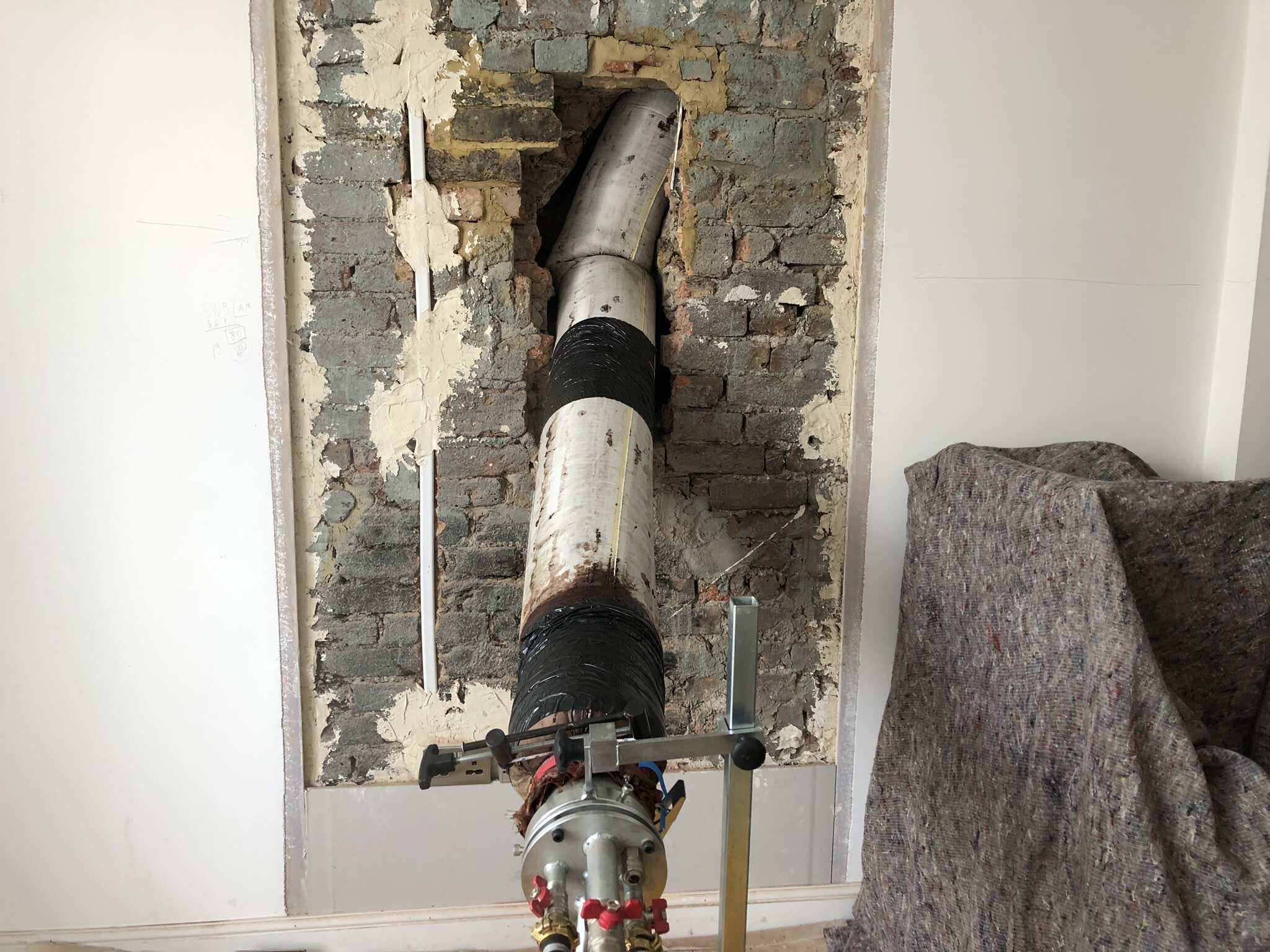


0 thoughts on “What Size Generator Do I Need To Run Power Tools”